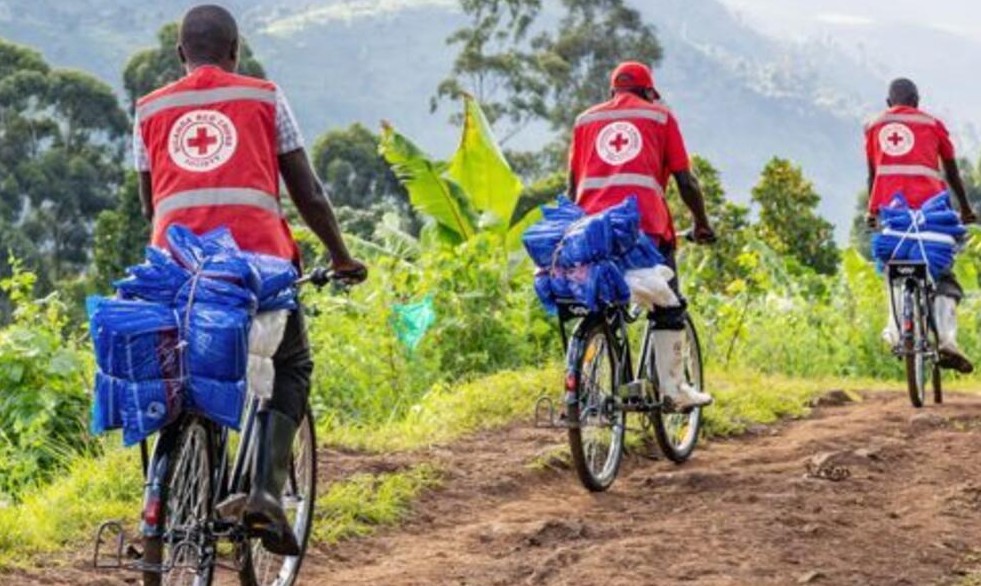
Community Health Promoters on their daily rounds of delivering care across different remote villages. Photo/RFI
By Daisy Okiring
June 3, 2025, Busia , Kenya– As the world marks World Bicycle Day today, more than 8 million Kenyans—mostly in rural areas—remain over five kilometers from the nearest health facility.
For them, the challenge isn’t just about access to medicine, transport or personnel—it’s about reaching care in time. In western Kenya’s Busia County, Community Health Promoters (CHPs), the backbone of primary healthcare, walk long distances daily to reach scattered households. But now, a new solution is helping them close that critical gap: bicycles.
For years, CHPs have served as the frontline of Kenya’s healthcare system, reaching more than 100 households each across 19 sub-counties. On average, they walk between 4 to 10 kilometers daily, often on rough terrain, under intense sun, and with limited infrastructure. Many carry medical supplies, registers, and digital health devices on foot, making every trip a physical test and every emergency a race against time.
Also Read: Obstetric Fistula: A tragedy haunting Kenyan maternity wards
Mobility, it turns out, was the missing link in a largely well-trained but poorly equipped system. “For years, CHPs have been trained, equipped with digital tools, and provided stipends, but the most basic need for transportation remained unmet,” said a representative from World Bicycle Relief. “Their potential to serve communities was limited not by skills or willpower, but by how far their feet could take them.”
A lifesaving ride
The urgency of mobility in healthcare became vividly real one night in March, when Phaustine Omasete, a CHP in the Katotoi Community Unit of Teso North Sub-County, heard a knock at his door. Outside stood a distressed young couple. The woman, 22, had suffered a miscarriage two weeks earlier and was now experiencing severe, uncontrolled bleeding.
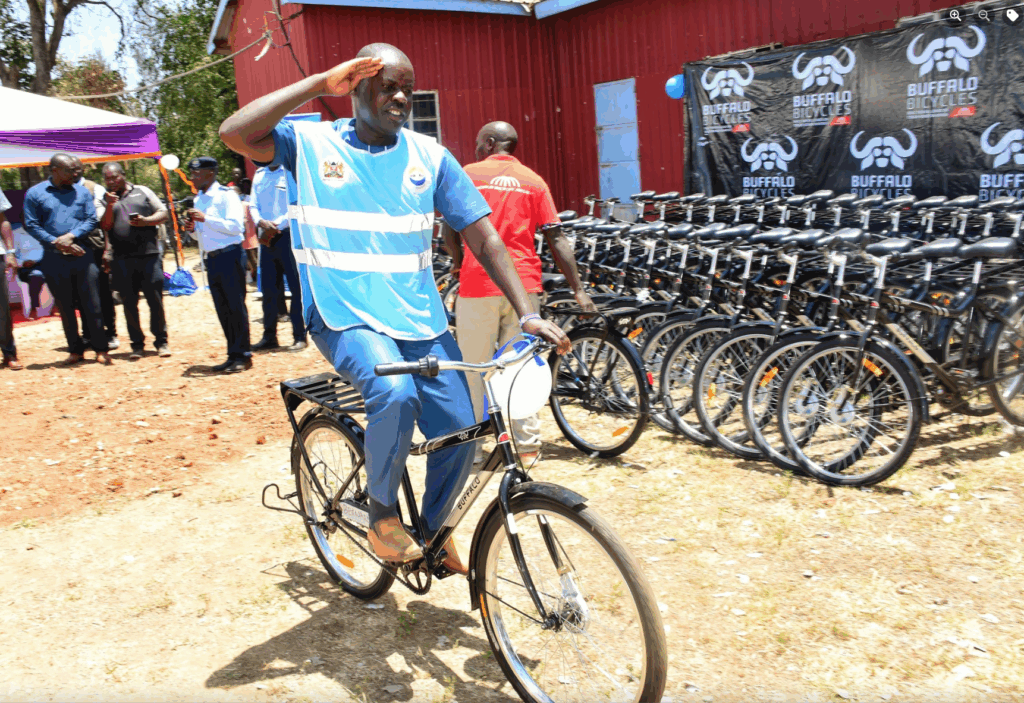
A Community Health Worker on buffalo bicycle during a distribution in Busia County. Photo/World Bicycle Relief
Phaustine acted swiftly. He issued an emergency referral to Ang’urai Health Centre, the nearest facility equipped for emergencies. Crucially, he had recently received a Buffalo Bicycle—distributed through a partnership between World Bicycle Relief, Living Goods, and the Busia County Government. The bicycle became the turning point.
Using it to transport the patient quickly, Phaustine ensured she received treatment in time. Her bleeding was stabilized, and she returned home safely just hours later. “That night showed me the power of a bicycle,” he said. “Without the bicycle, I don’t know what would have happened.”
Also Read: CGIAR launches Asia Digital Hub at WorldFish to drive AI
Scaling a local solution
The bicycle that saved a life is one of 350 Buffalo Bicycles now in use across Busia County. Distributed to 324 CHPs and 26 Community Health Assistants (CHAs), the initiative is already changing the dynamics of healthcare in the region.
According to Living Goods, the increased mobility has enabled CHPs to reach more households each day, conduct faster follow-ups, and provide timelier malaria testing and treatment. In a region where malaria remains the leading cause of illness and death, that speed can mean everything. Today, CHPs are handling over 70 percent of confirmed malaria cases directly at the household level—a massive leap in decentralized healthcare delivery.
The bicycles themselves are designed for rural conditions. With reinforced steel frames, puncture-resistant tires, and heavy-duty carriers, they are built to last. Local bicycle mechanics, trained and supported by World Bicycle Relief, provide maintenance services to ensure the program’s long-term viability.
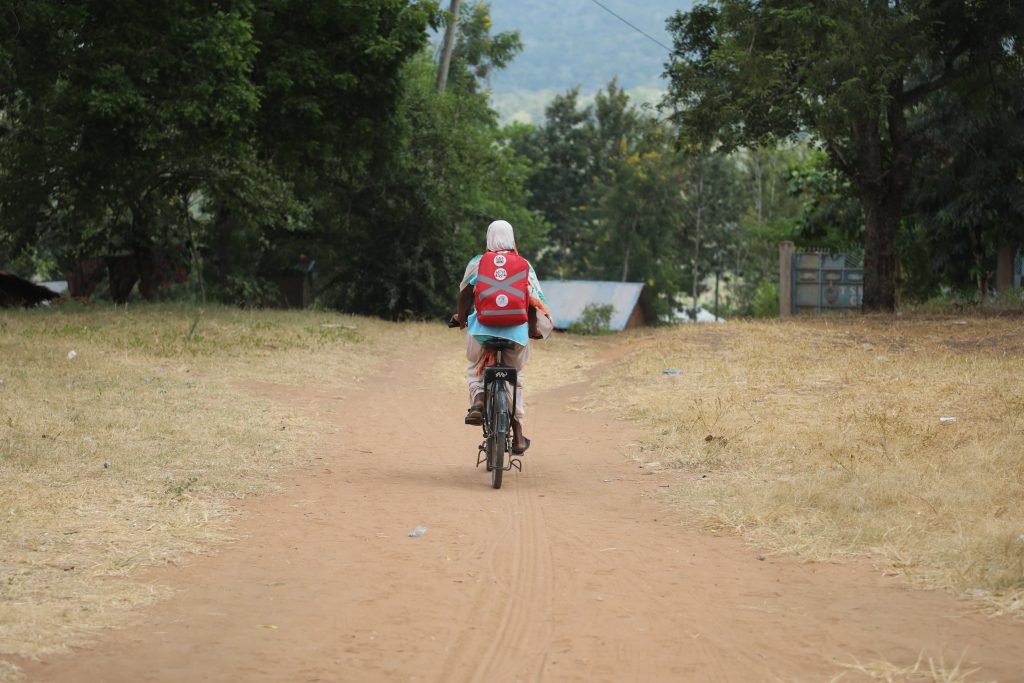
A Community Health Promoter cycles to deliver medical care to patients. Photo/chu4uhc
National impact in sight
While the intervention in Busia is locally driven, it aligns closely with national priorities outlined in Kenya’s Community Health Strategy (2020–2025), which aims to scale primary healthcare at the grassroots. Government officials are monitoring the Busia model closely as a potential blueprint for national rollout.
Several global organizations—including Amref Health Africa, UNICEF, and the Bill & Melinda Gates Foundation—have taken note of the program’s success. World Bicycle Relief has distributed over 700,000 bicycles in 21 countries to date, with ongoing programs in Zambia, Malawi, and Colombia. Their East Africa operations are now focused on deepening their health impact across Kenya.
“This is more than a logistics solution. It’s about dignity, access, and equitable care,” said World Bicycle Relief Regional Director Maureen Kolenyo. “When CHPs can move faster and farther, the whole system becomes more responsive.”
Health on the move
Early reports from Busia indicate that bicycle-equipped CHPs are conducting up to 50 percent more home visits than their counterparts on foot. Health facilities have also recorded a 25 percent reduction in delayed emergency presentations. With reduced fatigue and no transport costs, CHPs are not only more effective—they are more motivated.
At community outreach clinics, postnatal check-ups and childhood immunization rates have shown early signs of improvement. Patients are receiving care faster, and CHPs are staying better connected with the people they serve.
As the world observes World Bicycle Day, Busia County offers a compelling case study in how mobility translates to access, and how access can mean the difference between life and death. For remote communities across Kenya, these two wheels represent not just transportation—but transformation.
“In my work, every minute counts,” said Phaustine. “With this bicycle, I can save time and sometimes, I can save a life.”

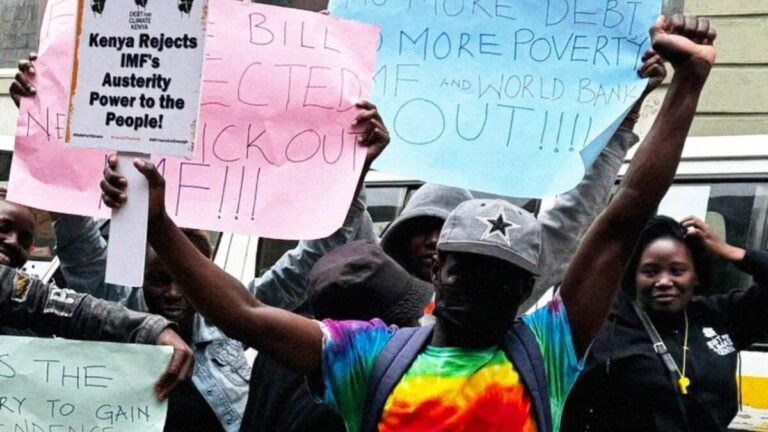
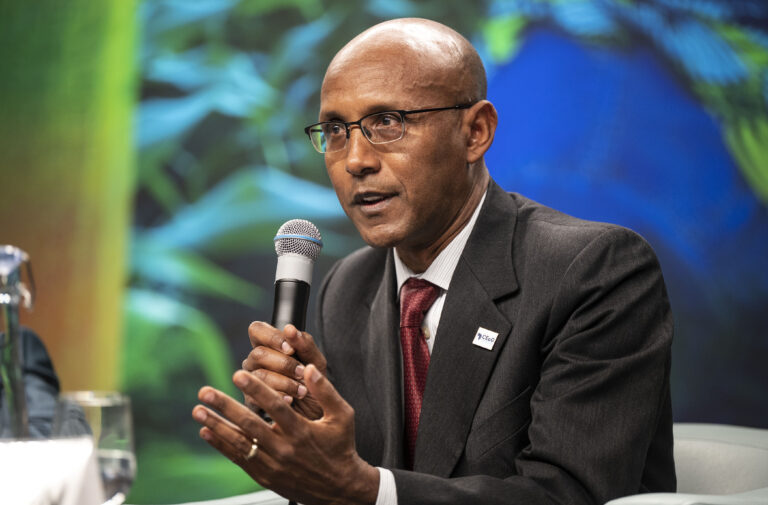

1 thought on “Beyond transport, bicycles are lifelines in rural Kenya”
Comments are closed.